Features of growing ivy geranium
This plant belongs to the category of home flowers. Ivy geranium is very popular due to its unusually beautiful appearance.
Content:
Description of the plant
This plant is characterized by:
- Sufficiently long stems, the growth of which can reach ninety centimeters.
- The stems of the flower are shoot, and their ends are characterized by the presence of tassels with flowers.
- Leaves ivy geranium shaped like ivy leaves.
- They can have a variety of colors - from light green to dark green.
- Geranium flowers are fluffy enough. They have more than six rounded petals.
- The color of flowers can be varied - pink, white, red, lavender, lilac, purple, etc.
- The flowers of the plant have a small center, which is characterized by the presence of four to eight small antennae.
This plant is grown at home.
With its help, you can decorate not only a window sill or bedside table in the room, but also a loggia or balcony. It is used very often. for decorating window sills from the outside of windows in various rooms.
Flower care
Ivy geraniums are very demanding. She needs to provide appropriate temperature, air humidity, watering and lighting.
This plant is very fond of light:
- Therefore, it must be placed on the south or west side.
- If the geranium does not have enough light, then its flowering will deteriorate, and the leaves will wither and fall off.
- As for the air temperature, geranium must be grown in the summer at 20-25 degrees, and in the winter at 13-15 degrees.
- Special attention should be paid to temperature in winter. Do not keep ivy geraniums in a room with an air temperature below 12 degrees.
- In winter this plant needs to be watered very rarely.
- Excess moisture during this period can lead to wilting of the flower.
For geraniums, you must choose a pot with a good drainage system (it should have a large number of holes).
This will prevent the retention of moisture in the soil during frequent watering of the plant in the summer and eliminate its excess. In the summer, ivy geraniums need to be watered once every three days. Watering should be moderate. Otherwise, it can harm the plant.
Geranium soil should be well-drained and have the required amount of minerals, which will positively affect its growth and flowering.
The ideal composition of the earth for ivy geranium will be:
- Humus earth.
- Sand.
- Leafy land.
- Peat and turf land that is mixed in equal quantities.
Also, this geranium must be fertilized in a timely manner:
- For this, potash fertilizer is used.
- Top dressing of this plant should be done three times a month.
- Active branching of the flower negatively affects the development of new stems.
- Therefore, constantly inspect the plant and remove old, already faded flowers.
In order for neat ivy-shaped geranium bushes to form, they must be pinched. This will increase the branchiness of the plant.
Caring for geraniums is quite simple. To do this, you need to know just a few rules and follow them conscientiously and regularly. Then your flower will shine with beauty and unpretentiousness.
Reproduction of ivy geranium
There are three types of ivy geranium breeding:
- Growing from seeds.
- Cuttings.
- Growing from seedlings.
The first method is growing from seeds:
- The seeds can be purchased at any store or collected from your flower.
- Sowing must be carried out at the end of February. Otherwise, pelargonium will bloom in late summer or early winter.
- Do not forget that the growing season is about twenty days, and it will take five months from planting to flowering.
The second option for plant propagation is cuttings:
- To perform this method, it is necessary to cut off several tops of the shoots, which are characterized by the presence of 4-5 leaves.
- The two lower leaves are removed from the shoot, and the cuttings are placed in water.
- Instead of water, many gardeners use a special powder that stimulates root formation.
- After the roots have appeared on the cuttings, they must be planted in a soil rich in peat.
- When using this method of propagation, you can get from one adult plant to five new flowers.
- At the same time, the old bush does not suffer, such pruning only benefits it.
The third type of plant propagation is planting seedlings:
- You can grow it yourself, or you can buy it in a specialized store.
- Landing takes place in April-May.
Ivy geranium reproduces quite easily, and each housewife can choose the most suitable breeding option for this beautiful flower, which will give her a lot of convenience during reproduction.
Ivy geranium diseases
Geranium is a very delicate plant that can be easily affected by various diseases.
The most common disease is fungal disease. Its symptoms are spotting on the leaves, their drying out and falling off. The reasons for its development can be improper care or inappropriate growing conditions.
Mushroom Botrytis:
- Among the fungal diseases of ivy geranium, the "Mushroom Botrytis" should be noted.
- This disease develops regardless of the age of the plant.
- Signs of the disease can be seen anywhere on the flower.
- Excessive humidity is the cause of its appearance.
- The manifestation of the fungus is carried out in the form of brown spots, which are covered with a characteristic gray down.
- If you look at ivy geraniums, you can see a constant increase in spots.
- Also, with this disease, geranium leaves fall off, and the damaged areas of the stem are constantly increasing. This leads to the death of the plant.
- For the purpose of preventive methods, ivy geraniums are constantly weeded and watered correctly. If a lot of water was accidentally poured into the pot, then the flower can be transplanted. Geranium treatment consists in removing the affected areas, which also need to be treated with fugnicides.
Root rot:
- Root rot appears from excess moisture.
- Initially, the disease affects the root of the plant, after which it spreads to the stems.
- The plant turns brown, which gradually turns black.
- A cobweb begins to appear in the soil where this disease develops.
- This disease strongly affects the root system of the plant, which leads to its death.
- When the first symptoms of this disease appear, it is urgent to improve the drainage system of the plant, that is, to change the soil in the pot. The composition of the soil must be replaced with one in which water will not stagnate. In this disease, it is not recommended to use fertilizers that are characterized by a high nitrogen content.
Bacterial diseases:
- Also ivy geranium is quite easily susceptible to bacterial diseases.
- They are often caused by a variety of bacterial microorganisms.
- When affected by this disease, geranium does not fade.
In the event that the disease has expanded enough, deformation of the leaves occurs, and the plant itself becomes very sluggish.
- Geranium stems are black and wither soon.
- At the first sign of this disease, it must be sprayed. For spraying, chemical agents are used. In order to prevent ivy geraniums, it is necessary to weed regularly, getting rid of weeds. Also, do not plant plants too close to each other. They require constant ventilation. It is strictly forbidden to over-water the plant.
Leaf rust:
- This disease is perhaps one of the most common.
- It is characterized by the appearance of yellowish spots on the sheets.
- The leaves of the plant are characterized by the presence of spore pads, upon rupture of which the spore mass with a characteristic rusty color.
- The pads are located on the back of the ivy geranium leaves.
- If the disease is severe, then the geranium leaves will turn yellow and fall off.
- To prevent this disease, it is necessary to remove weeds from the soil in a timely manner, as well as provide it with moderate watering. It is also necessary to regularly check the soil drainage and check it for the presence of an acidic environment. Infected geraniums must be removed immediately.
There is still many diseases ivy geranium. The most common cause of these diseases is improper plant care. A variety of diseases of this plant are caused by a lack of lighting, excessive watering, poor drainage of the earth, low or high temperatures, etc.
The ivy geranium is a very attractive plant that requires constant attention and care.
If you follow the rules for caring for geraniums, then it will become a real decoration for your room.
More information can be found in the video.




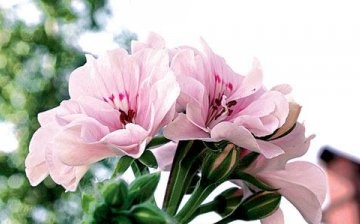
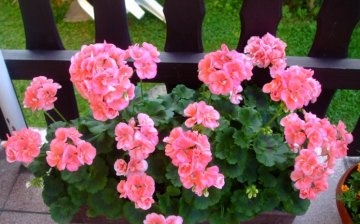
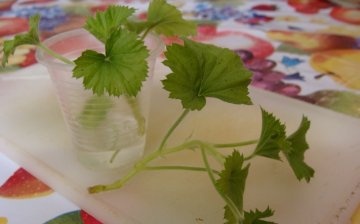
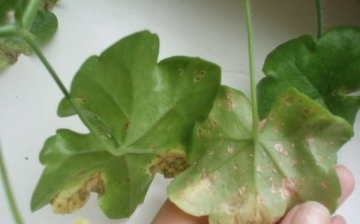
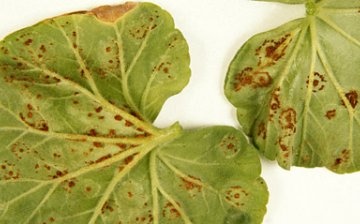






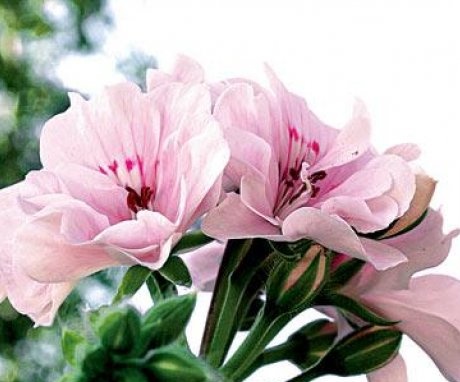
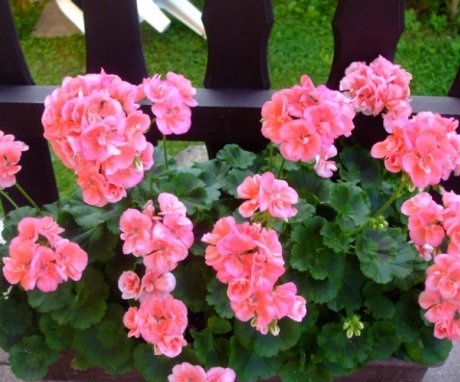
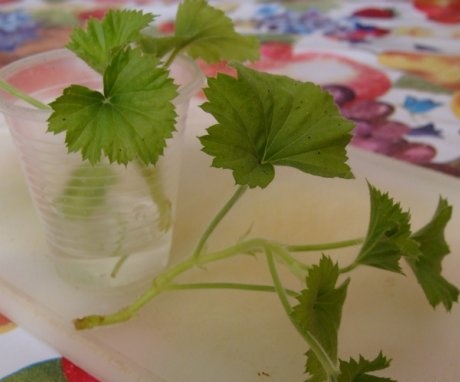
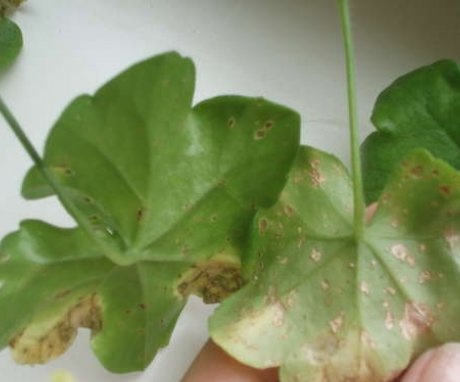
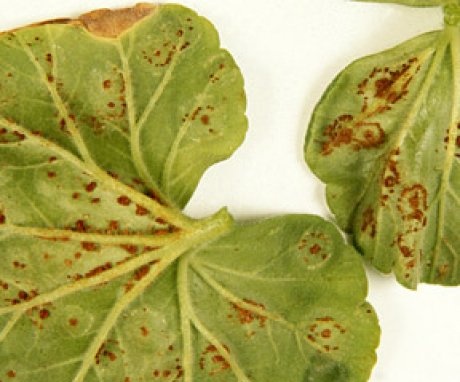
It always seemed to me that there is nothing easier than growing geraniums on the windowsill. And then somehow I wanted to breed a beautiful fluffy bush - and he died for me. Now. after reading the article, I realized my wrong attitude towards this green pet.